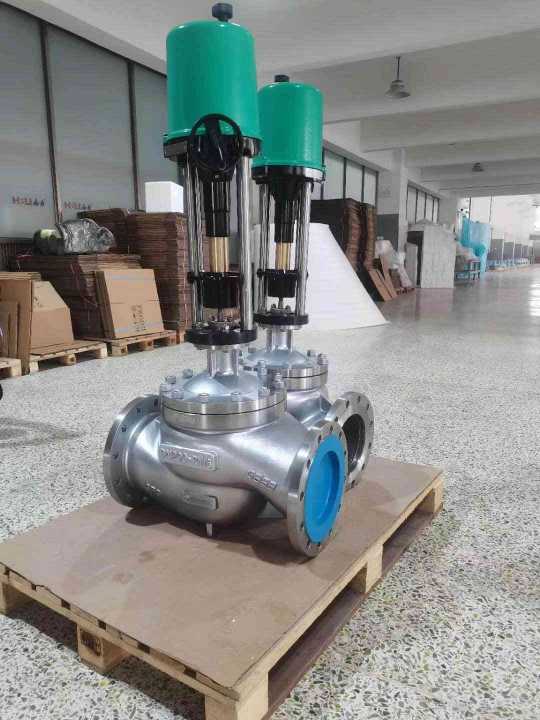In modern industrial applications, regulating valves play a crucial role in maintaining the efficiency, reliability, and safety of various processes. Among these, the WCB Electric Single Seat Regulating Valve stands out for its precision and versatility, particularly in controlling the flow of liquids and gases in a wide range of industries. This article explores the features, applications, advantages, and working mechanism of the WCB Electric Single Seat Regulating Valve.

What is a WCB Electric Single Seat Regulating Valve? The WCB Electric Single Seat Regulating Valve is an advanced control valve designed to regulate the flow of fluids with high accuracy. The valve consists of a single-seat design, which means it features one sealing surface, allowing for minimal flow turbulence and providing a stable and controlled flow rate. It is powered by an electric actuator that precisely adjusts the valve’s position, enabling accurate control over the process conditions, such as pressure, temperature, and flow rate. The term “WCB” refers to the material used for the valve body. WCB is a carbon steel alloy known for its excellent mechanical properties and resistance to wear and corrosion, making it ideal for harsh industrial environments. This material choice ensures the valve’s durability and long lifespan, even under extreme conditions.